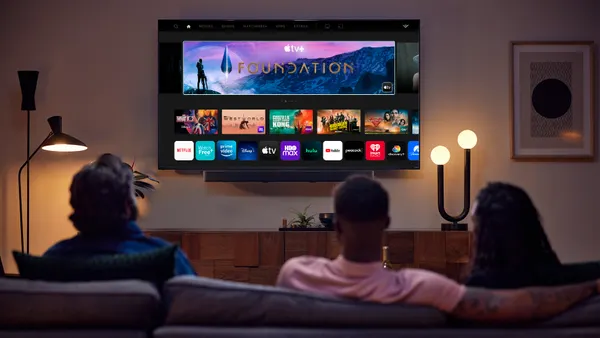Dive Brief:
- The IAB Native Advertising Playbook was released at the end of 2013 and the IAB Native Adverting Task Force just released an update on in-feed ad disclosure language and other visual cues used by web publishers.
- The new research focused on the comScore Top 100 Most Visited Web Properties and only covered in-feed desktop ads.
- Less than half of audited websites served in-feed ads, but the team found those that do are largely engaging in disclosure cues to help readers understand they are viewing an ad.
Dive Insight:
The in-feed advertising landscape has significantly shifted since the IAB Native Advertising Playbook was released almost two years ago, so the IAB Native Advertising has pushed out an updated version. It also conducted research on the comScore Top 100 Most Visited Web Properties to find out how those website were handling in-feed ads being served to desktop visitors.
In a blog post, the IAB said, “Leading web properties that have in-feed ads on their site(s) appear to be paying attention to helping consumers understand when they are viewing in-feed ads, using language and other visual disclosure cues to distinguish between surrounding publisher editorial content.”
Out of the 100 sites visited, 55 didn’t carry any in-feed ads at all, with some serving no ads and others only serving different types of ads. For the sites that did run in-feed ads, 96% used a Primary Disclosure Statement using language such as “sponsored,” “brought to you by,” “supported by,” and other similar terms.
The IAB also cautioned what marketers and publishers need to watch out for is that, "Regardless of context, a reasonable consumer should be able to distinguish between what is paid advertising vs. what is publisher editorial content."











